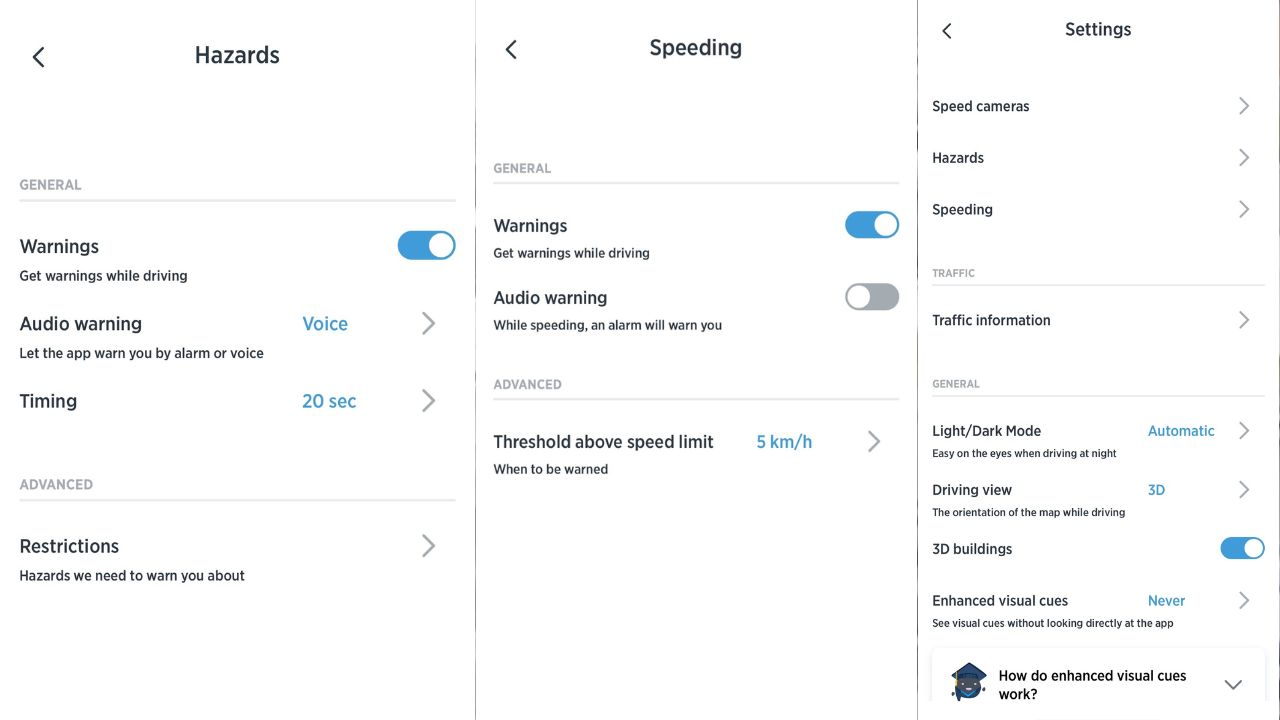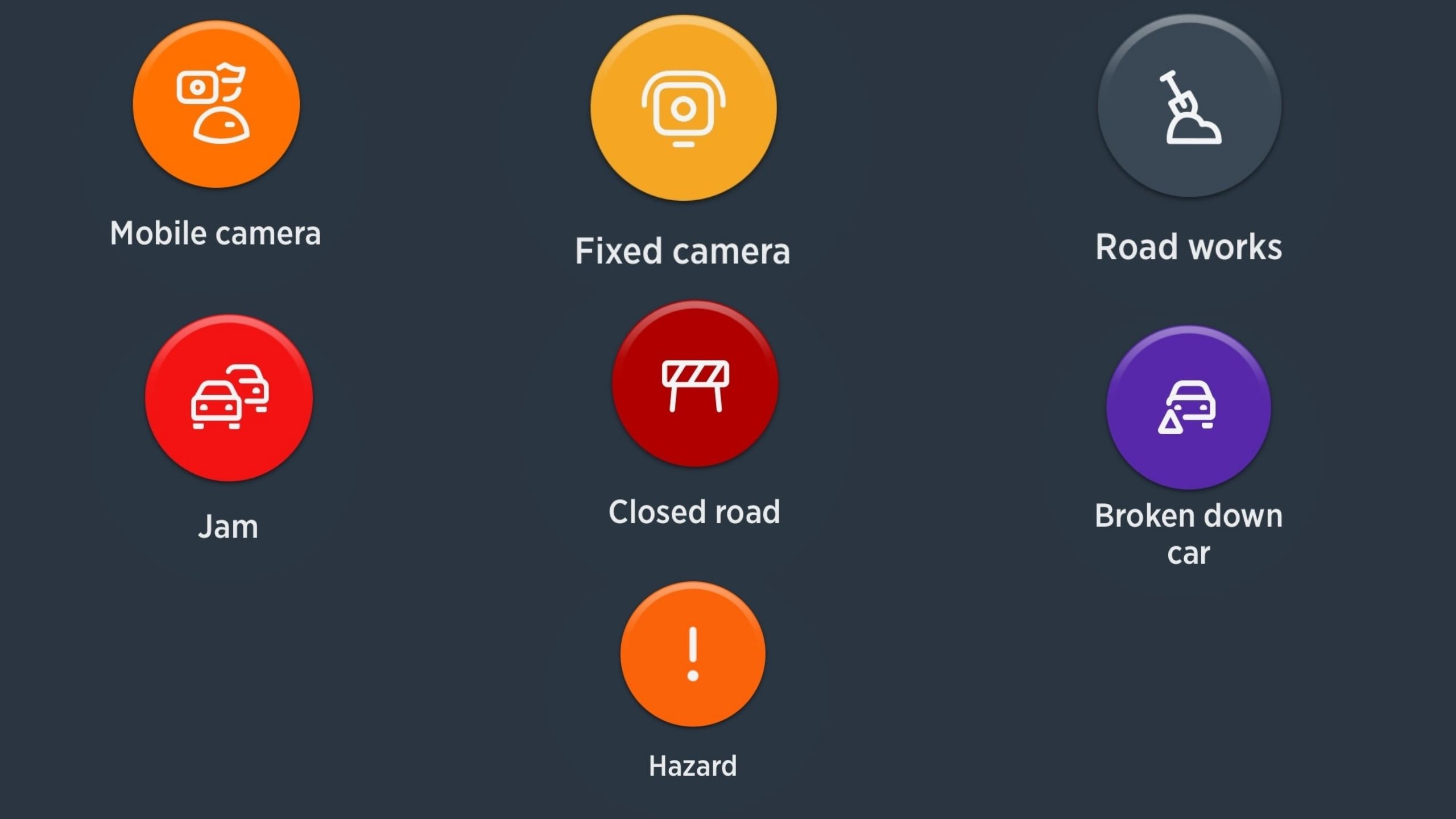While Google Maps remains the dominant force in mobile navigation, Waze stands out as a top alternative, offering unique features that competitors struggle to replicate. Waze’s standout feature is its incident reporting support, allowing users to mark traffic hazards and contribute to community-generated warnings for fellow drivers.
These real-time warnings appear on users’ screens, providing extra time to react to potholes, accidents, speed traps, and other hazards. Despite attempts by other companies to emulate Waze’s community-driven approach, none have managed to build a user base large enough to match its crowdsourced capabilities.

One notable attempt came from Apple, integrating incident reporting into Apple Maps, but it has yet to gain traction due to limited availability and platform exclusivity. Navigation specialist TomTom also entered the fray with AmiGO, a freeware app combining navigation expertise with community reporting, albeit with a focus on essential hazard categories like speed cameras and road closures.
TomTom faces the challenge of maintaining report accuracy in a community-driven app, acknowledging the time-consuming validation process for user submissions. Similar to Waze, AmiGO relies on user confirmations to improve accuracy over time, emphasizing the importance of user contributions in enhancing service reliability.
In the competitive world of navigation apps, building a robust user base remains crucial. While TomTom’s multi-platform availability may aid in user acquisition, continued innovation and user engagement will determine its success in convincing users to switch from existing solutions like Google Maps and Waze.

